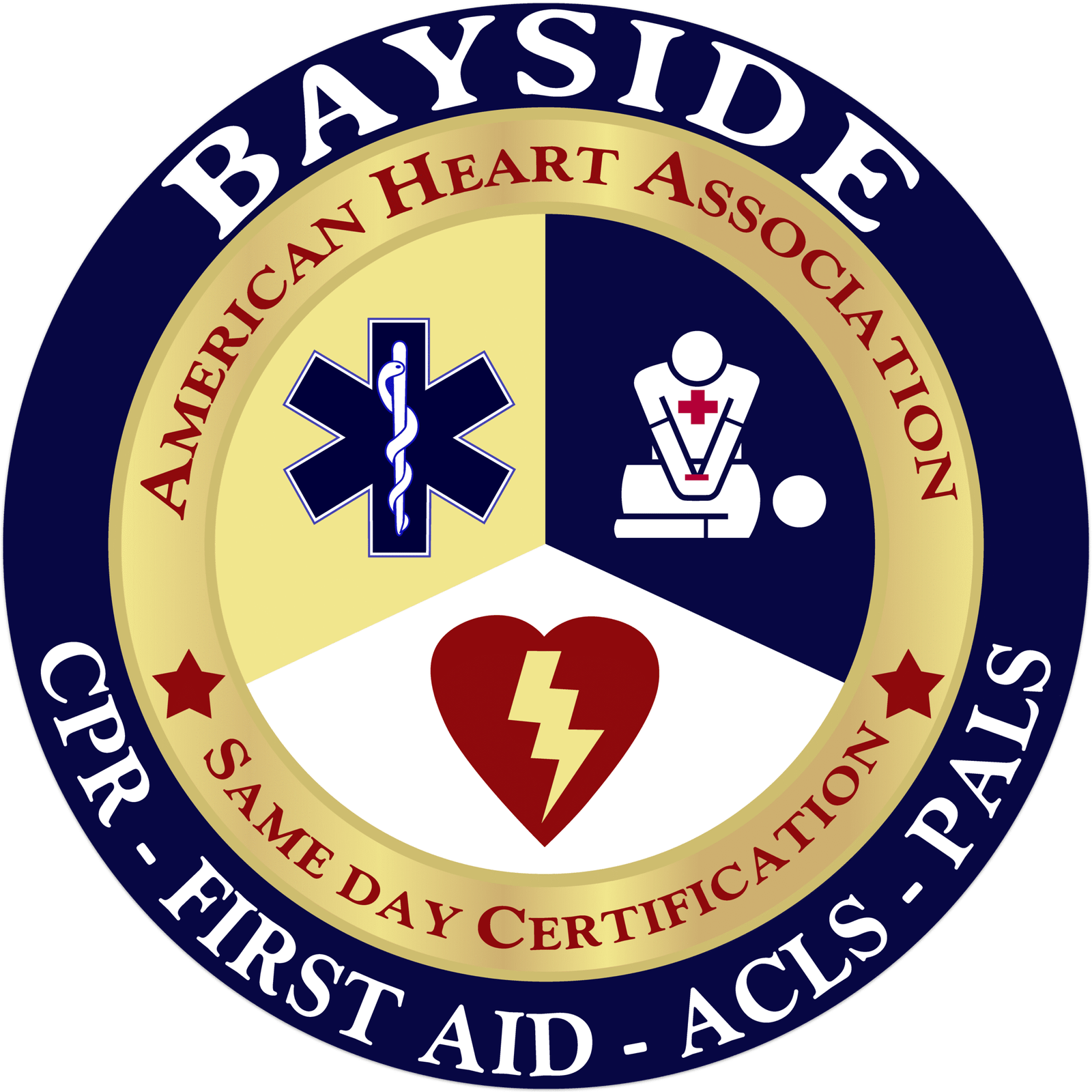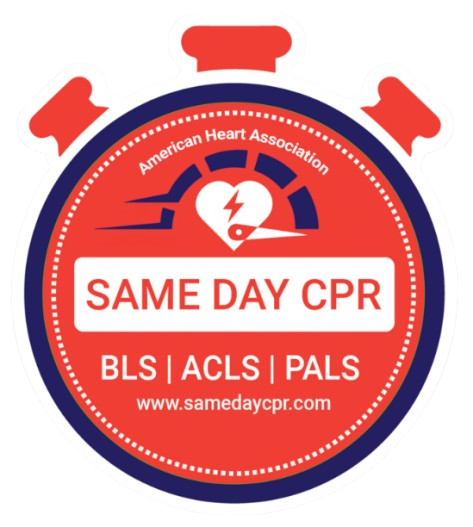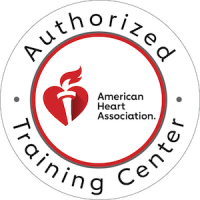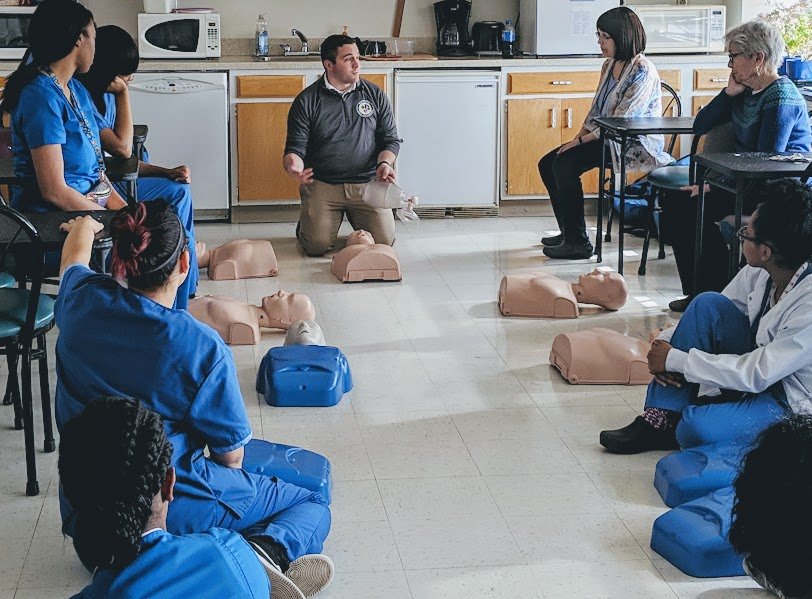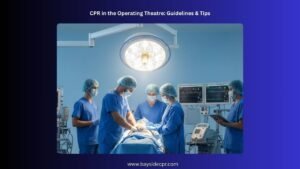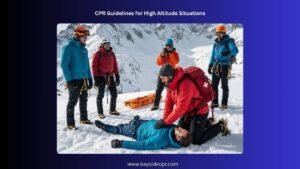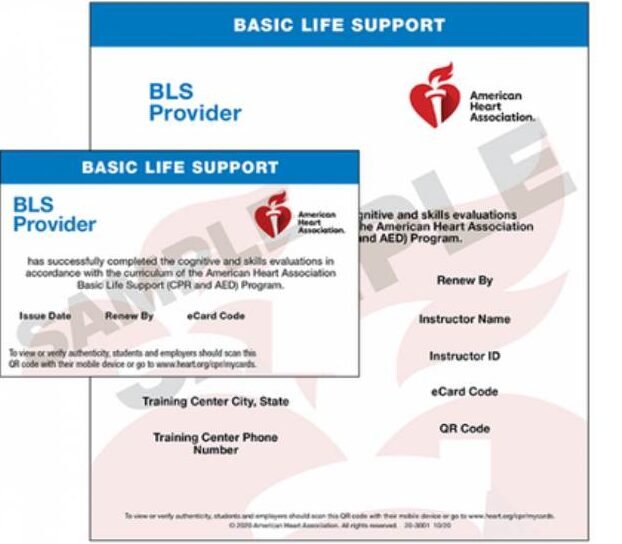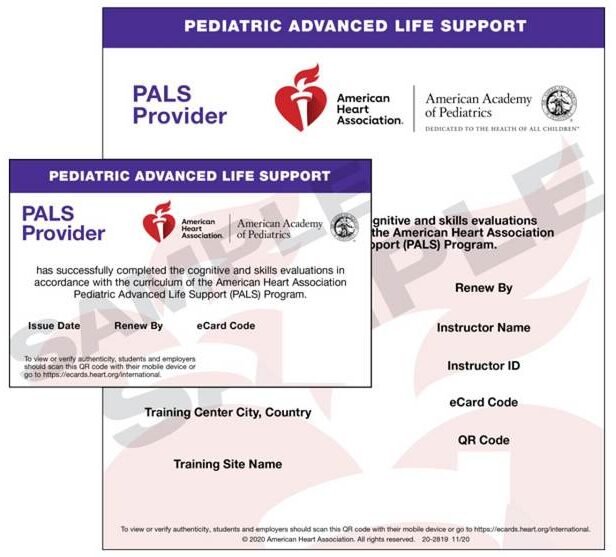When you know the right CPR (Cardiopulmonary Resuscitation) techniques, you have the power to save a life. Many people don’t realize that CPR isn’t “one size fits all.” The way you perform CPR on an adult is very different from how you should perform it on a child or an infant. The anatomy, size, and physiological needs of each age group vary, and that is why the technique is different as well.
Cardiac or breathing emergencies can happen anywhere, whether at home, in the workplace, or out in public. For adults, timely and effective CPR can double or even triple the chances of survival after cardiac arrest. This is especially in environments like offices, gyms, and public spaces, where adults are more likely to experience heart-related incidents.
Similarly, those working with children in care centers, schools, or healthcare settings must be prepared for pediatric emergencies, where the causes and techniques differ. Learning the right CPR techniques for adults, children, and infants equips you to act quickly and confidently. According to the AHA Journal, more than 500,000 people, both children and adults, experience cardiac arrest in the United States each year, and sadly, fewer than 15% survive. This makes it one of the biggest health challenges we face. What’s even more eye-opening is that nearly 70% of cardiac arrests happen at home. This shows just how close these emergencies are to us, and why knowing CPR isn’t just useful, it’s essential.
In recent years, survival rates from cardiac arrest have improved, especially among young individuals. This is due to increased awareness of CPR techniques and a better understanding of the differences between adult, child, and infant CPR. The section below guides you step-by-step for the right CPR techniques for different age groups:
Understanding the Differences Between Infant, Child, and Adult CPR
Performing CPR on a child isn’t the same as on an adult, and knowing the difference can save a life.
- Adults have stronger, more rigid bones, wider airways, and have slower heartbeat. CPR for adults means deeper, stronger chest compressions and a focus on keeping blood flowing fast and hard enough to vital organs.
- Children, on the other hand, have softer bones, narrower airways, faster and more sensitive hearts. Their bodies are fragile. So, when we perform CPR on a child, we should be more gentle and careful to avoid any injury or further complications.
To be sure on which CPR to perform on which age group, let’s dive into the classification below:
| CPR Category | Age group |
| Adult CPR | 8 years and older |
| Child or Pediatric CPR | Between 1 year and 8 years |
| Infant CPR | Below 1 year |
Since you now know the types of CPR to be performed for a specific age group, here’s a detailed guide to the CPR techniques for adults and children to help you understand the differences between them:
Adult CPR
- Gently tap the person or even shout to check if they respond. If there’s no response or the person isn’t breathing, begin CPR.
- Immediately call 911. If someone else is around, ask them to call and you start CPR.
- Place the heel of one hand on the center of the chest, then place the other hand on top, interlock your fingers, and use your body weight to press down about 2 inches deep, at a rate of 100-120 compressions per minute.
- After 30 compressions, gently tilt the head back, pinch the nose, and provide 2 rescue breaths, ensuring the chest rises with each breath.
- Continue the cycle of compressions and breaths until emergency help arrives.
Child CPR
- Gently tap the child and check if they respond. If there’s no response, kindly begin CPR.
- If you witnessed the collapse, please call 911 immediately; if not, start CPR for 2 minutes first, then call emergency services.
- Position yourself beside the child, use one hand on the chest (or both for larger children), and press down 2 inches deep at 100-120 compressions per minute.
- After 30 compressions, tilt the head, pinch the nose, cover their mouth, and give 2 gentle breaths.
- Continue CPR until help arrives or the child shows signs of life.
Infant CPR
- Gently tap the infant’s feet to check for a response.
- If you saw the infant collapse, call 911 immediately; if not, perform 2 minutes of CPR, then call.
- Kneel beside the infant, place two fingers below the nipple line, and press down 1.5 inches deep at 100-120 compressions per minute.
- After 30 compressions, cover the infant’s nose and mouth with yours, and give 2 gentle breaths to make the chest rise slightly.
- Continue CPR cycles until help arrives or the infant starts breathing normally.
Read About: How to Safely Hold a Choking Infant for Back Blows
Adult CPR Vs Pediatric CPR
Check out the life-saving guide below that walks you through the key differences between adult and pediatric CPR:
| Aspect | Adult CPR | Pediatric CPR |
| Chest Compression Technique | Use both hands, placed on the center of the chest | For a child, use one hand (or two), depending on the size of the child and the rescuer For infants, use only two fingers (index and middle) |
| Compression Depth | At least 2 inches (5 cm) | For a child, about 2 inches (or 1/3 the depth of the chest)For infants, about 1.5 inches (4 cm), or 1/3 the depth of the chest |
| Compression Rate | 100–120 compressions per minute | Same for all: 100–120 compressions per minute |
| Rescue Breaths | 30 compressions followed by 2 rescue breaths by pinching the nose shut and covering the mouth completely | Same ratio 30:2 for all : For a child, give the breath covering the mouth only. For infants, cover both the nose and mouth with your mouth |
| Pulse checking | Check the Carotid artery (located in the neck) | For a child, as in adults, or use the femoral artery (inside of the upper thigh, near the groin)For infants, check the Brachial artery (inside of the upper arm) |
General CPR Sequence for all ages
| Step | Action |
| C-Compressions | Push hard and fast in the center of the chest; 30 compressions |
| A-Airway Management | Tilt the head back and lift the chin |
| B-Breathing | Give 2 rescue breaths, making sure the chest rises. |
Automated External Defibrillator (AED) usage: Adult vs Pediatric
An Automated External Defibrillator (AED) is a portable, easy-to-use medical device that helps analyze the heart’s rhythm and gives a safe electric shock if the heart has stopped. If you see someone suffering from sudden cardiac arrest, along with giving CPR, having an AED nearby significantly increases the chances of survival. Even if you are not a professional, you can save a life with an AED as it is designed so that anyone can use it by following the built-in instructions.
However, just like CPR differs for adults and children, AED usage also requires different techniques. Let’s know what these differences are:
Pad placement and size
- For adults, place one pad on the upper right side of the chest (below the collarbone) and the other on the lower left side (below the ribcage). Adult pads are larger compared to the pads for children.
- For children, place the pediatric pads in the same positions as for adults, but if pediatric pads aren’t available, you can use adult pads. Just make sure that the pads don’t touch each other. Pediatric pads are smaller in size.
- For infants, it’s best to use infant-specific AED pads; otherwise, use pediatric or adult pads, placing them in the same areas without touching each other, and also reduce the energy settings.
Considerations Before AED Pad Placement
Here are a few things to keep in mind before placing the AED pads to ensure the device works effectively:
- Remove any clothing from the chest, wipe away sweat or moisture, and ensure proper contact between pads and the skin.
- Don’t touch the person while the AED is analyzing the heart rhythm or delivering a shock. This ensures accurate readings and keeps everyone safe.
Important CPR tips for all ages
- Always check for responsiveness and breathing before starting CPR.
- Call 911 as soon as possible.
- Use an AED if available following the voice prompts.
- Don’t be afraid to act; maintain your calmness.
Final Thoughts: Why is knowing the difference important?
Every second counts in a medical emergency where your immediate action is everything. For that, it’s crucial to know how to perform CPR correctly by understanding the difference between techniques used on adults and children. Since adults and children have different body sizes, heart rates, and breathing patterns, the way you give chest compressions and rescue breaths is also different.
By learning the right CPR methods for each age group, you increase the chances of helping someone survive until professional help arrives. It’s a simple skill that can save lives, so taking the time to learn these different CPR techniques is truly important. Looking to learn CPR? Sign up for classes at Bayside CPR today!
